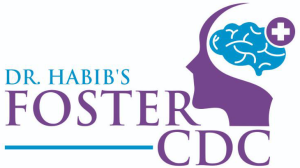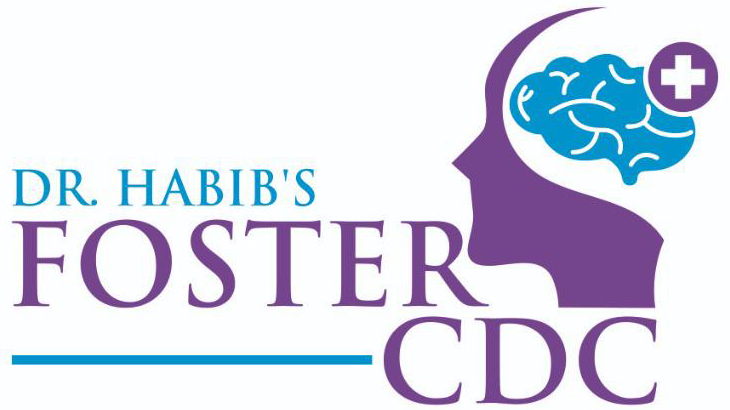Movement disorders in children may be triggered by stressful circumstances in some cases, while in other cases they are caused by psychological problems. Still, other types of movement disorders are mostly physiological in nature. Not all types of movement disorders are problematic as they may vanish over time and do not require treatment. When movement disorders affect a child’s ability to work at home or school or function normally, parents must consult a paediatric neurologist and seek their advice.
It is difficult to estimate how many children may have movement disorders. Movement related issues can go unnoticed for a few days to weeks and therefore, they don’t come to the notice of parents. The incidence of movement disorders in children is higher than the current estimates.
It is generally seen that children who have autism spectrum disorders often show repetitive movements or unusual postures as a means of communication. Though Autism itself doesn’t cause abnormal movement disorders, the affected child does so due to the impairment of their normal language function.
Parkinsonism
Parkinsonism is the least common movement disorder in children. In most cases, the symptoms associated with this type of disorder often manifest as a side effect of medications and also due to various forms of brain injuries. However, if a child to be considered to have parkinsonism he or she has to share at least two symptoms of adult Parkinson’s disease – such as slow movement (bradykinesia), frequent falls, balance problems and muscle rigidity.
Genetic conditions that cause brain degeneration may cause Parkinsonism in children. They include conditions such as lysosomal disorders, Juvenile Huntington’s disease and Wilson’s disease.
Ataxia
Some children may develop ataxia. It is a type of movement disorder wherein motor coordination fails. It is caused by dysfunction or injury of the cerebellum.
The prominent signs of ataxia may include the inability of a child to perform smooth movements or fine-tuned work, irregular movement, poor balance and clumsiness.
Some children may develop this condition due to infection, inflammation or bleeding in the brain or brain stroke. The symptoms may resolve once these conditions are treated. In some cases, certain types of ataxias may come and go as they are caused by atypical migraines, metabolic disorders, genetic mutations and epilepsy. However, some progressive forms of ataxia may be caused by inherited genetic conditions.
How are Paediatric movement disorders diagnosed?
If you notice any unusual movements in your child – such as flipping hands or tics or any other movements, then you should first try to evaluate whether they are affecting your child’s social and academic life and are they distractible.
Next, if you are unsure whether your child is having movement disorder, but suspect that they could be at risk then see your paediatric neurologist. The doctor will examine the child and ask a few questions to you. The doctor will try to find out the cause of such a problem and then classify the disorder. Furthermore, the doctor will perform a thorough physical and clinical examination to know the underlying cause. The doctor will try to evaluate whether it is a seizure or genetic disorder which is behind the movement issue.
Your paediatric neurologist, first of all, tries to exclude epilepsy diagnosis by a careful physical examination, patient history and symptoms. On rare occasions, blood tests, magnetic resonance imaging (MRI) or electroencephalogram may be needed. Doctors make the diagnosis of tics or stereotypies based on clinical inspection and history, but for the diagnosis of other types of movement disorders testing may be required.
Bottom Line
Movement disorders in children: If you notice that the movement disorder of your child is due to some underlying causes, your child’s paediatric neurologist will treat the underlying cause of the disease. In general, neurologists focus mainly on the therapies and treatments that help correct movement disorders.
Learn more about the most common types of movement disorders in children



